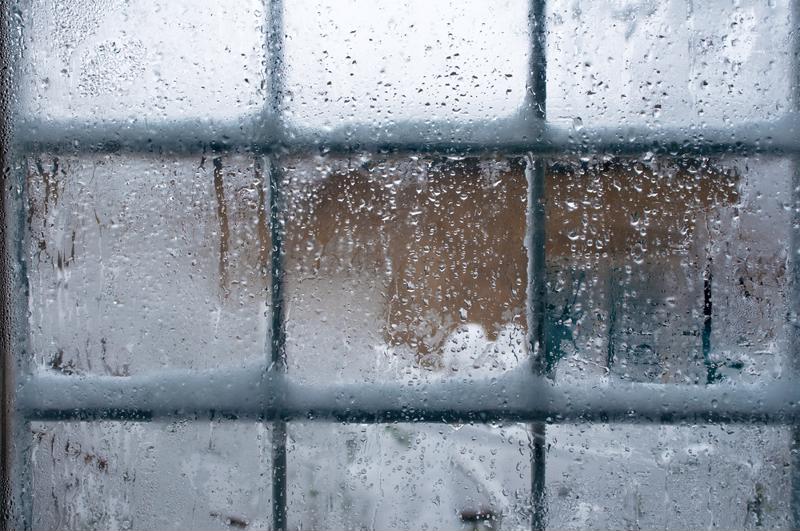It can be tough to keep up with everything winter throws in your direction. In addition to the dozens of snow storms some parts of the country see every season, there’s also the matter of what kind of snow will be covering your property. A difference of only a few degrees could grant you a picturesque winter wonderland with softly falling snowflakes – or it could leave you with a frozen tundra on your front porch.
Because winter is such a fickle season, it helps to have the right Husqvarna snow removal equipment at all times. These machines are built to such advanced specifications, though, and you’ll have to pick the one that best suits your needs for the smoothest snow-blowing experience. If you’ve been wondering which kind of snow blower can best handle your hometown’s unique and often schizophrenic winter weather, check out these top-of-the-line snow blowers that can handle any job.

Each storm is different, and you need the right tools for every job.
The powder room
When there’s very little moisture in the air and temperatures drop just below 32 degrees Fahrenheit, the conditions are perfect for a snow storm full of light, fluffy powder. If only a handful of inches fall, this is the kind of storm that you can just as easily take care of with a shovel. However, anything over 6 inches is likely to require a lightweight, maneuverable single-stage snow blower.
Powdery snow is less dense than other types, and while this means it’s not very heavy, powder can very quickly accumulate into much higher snowfall totals than any other type of storm. Three inches of packed snow can easily amount to double or triple that in powder depending on weather conditions.
Before your property and even you get swallowed up by this fast-falling precipitation, single-stage snow blowers are powerful enough to remove powder, yet so lightweight that you can zip around your yard as fast as possible. Not only does this limit your time exposed to the cold, but you also remove more snow than can accumulate in that same period of time.
“Serrated teeth on the augur help break up ice that a smaller machine couldn’t.”
Pack it in
During overnight storms, you can’t really hop out of bed at midnight and take the snow blower out for a quick once-over. Unfortunately, this allows heavier snow with more moisture to sit in cold temperatures, leading to packed snow and ice all over your yard.
Unlike powder, packed snow can freeze so solid that it can support your bodyweight. Most single-stage blowers won’t have enough power to break through the glacier that was once your front yard, so you’ll want to upgrade to a two-stage machine like the Husqvarna ST224 as soon as possible.
Larger and more powerful two-stage models are also equipped with features that make it easier for you to break up compacted snow after a long storm. Serrated teeth on the augur help break up ice that a smaller machine couldn’t, and a punchier impeller lets you throw heavier chunks of ice and snow from your property.
Slush fund
Powdery snow can make for beautiful winter scenes, and even packed snow can turn a field into a beautiful pure white blanket, but there are few if any redeeming qualities to a storm that drops a wintry mix of slush, sleet and freezing rain.
Fortunately, you don’t need to run out and buy a new snow removal machine if you see slush in your future. Both single- and two-stage models should have enough power to handle wet storms, but you’ll need to be careful operating your machine. Your snow blower is designed to work in rough conditions, but slush can get in the internal parts of your machine and leave a coating of water you don’t even know is there. If you store your snow blower in an outdoor shed or garage, this can cause it to freeze up overnight. The next time you need to remove some snow, you might find that your machine is seized up and won’t start.
However, there’s a simple trick to keeping slush from turning your prized snow blower into an icicle – leave the engine running. After you’ve finished up your yard – and maybe your neighbor’s, too – let the blower run for five minutes so the heat from the engine dries up any excess water left in the housing. This’ll leave you with a machine that’s ready for action whenever you need it.